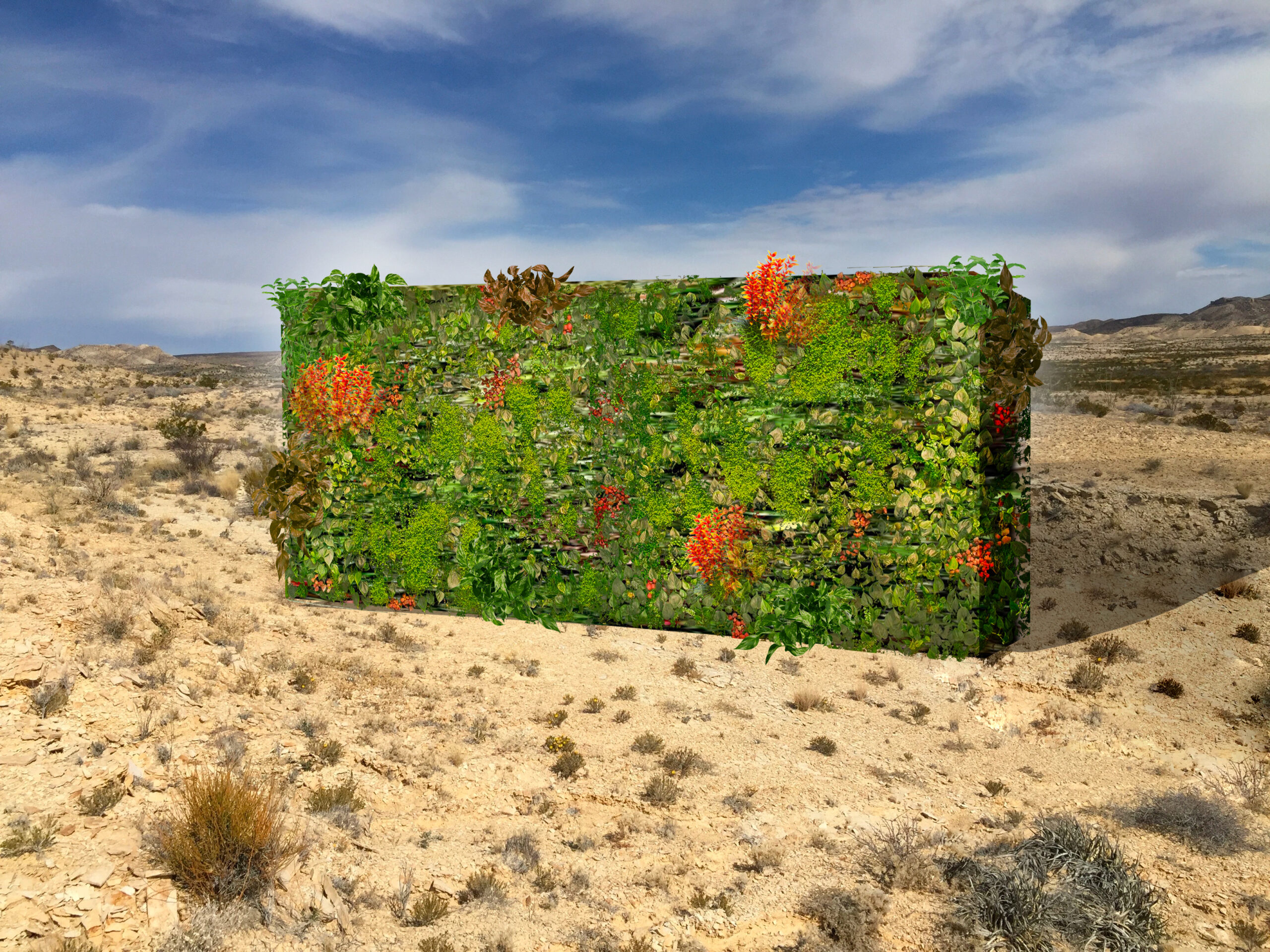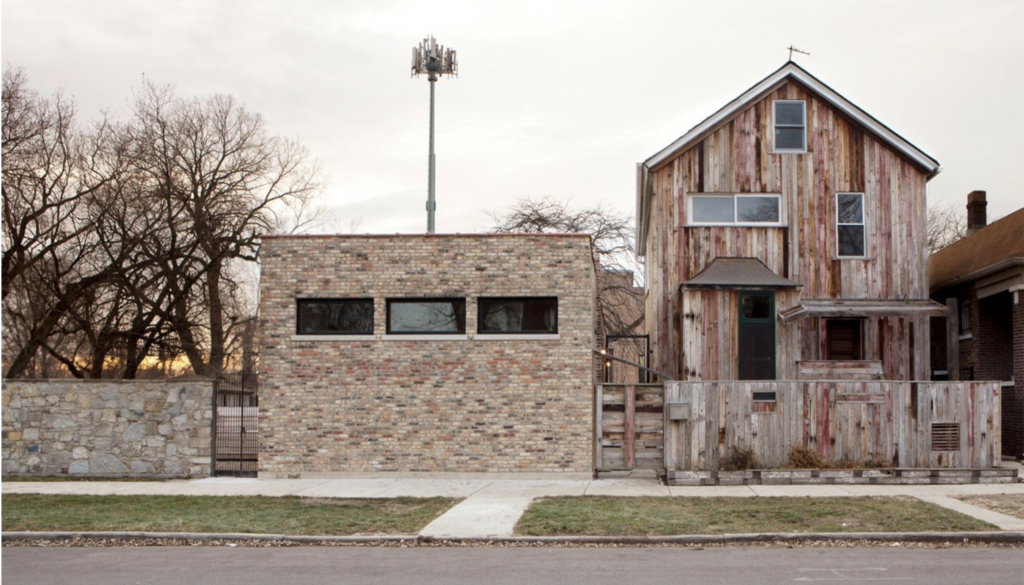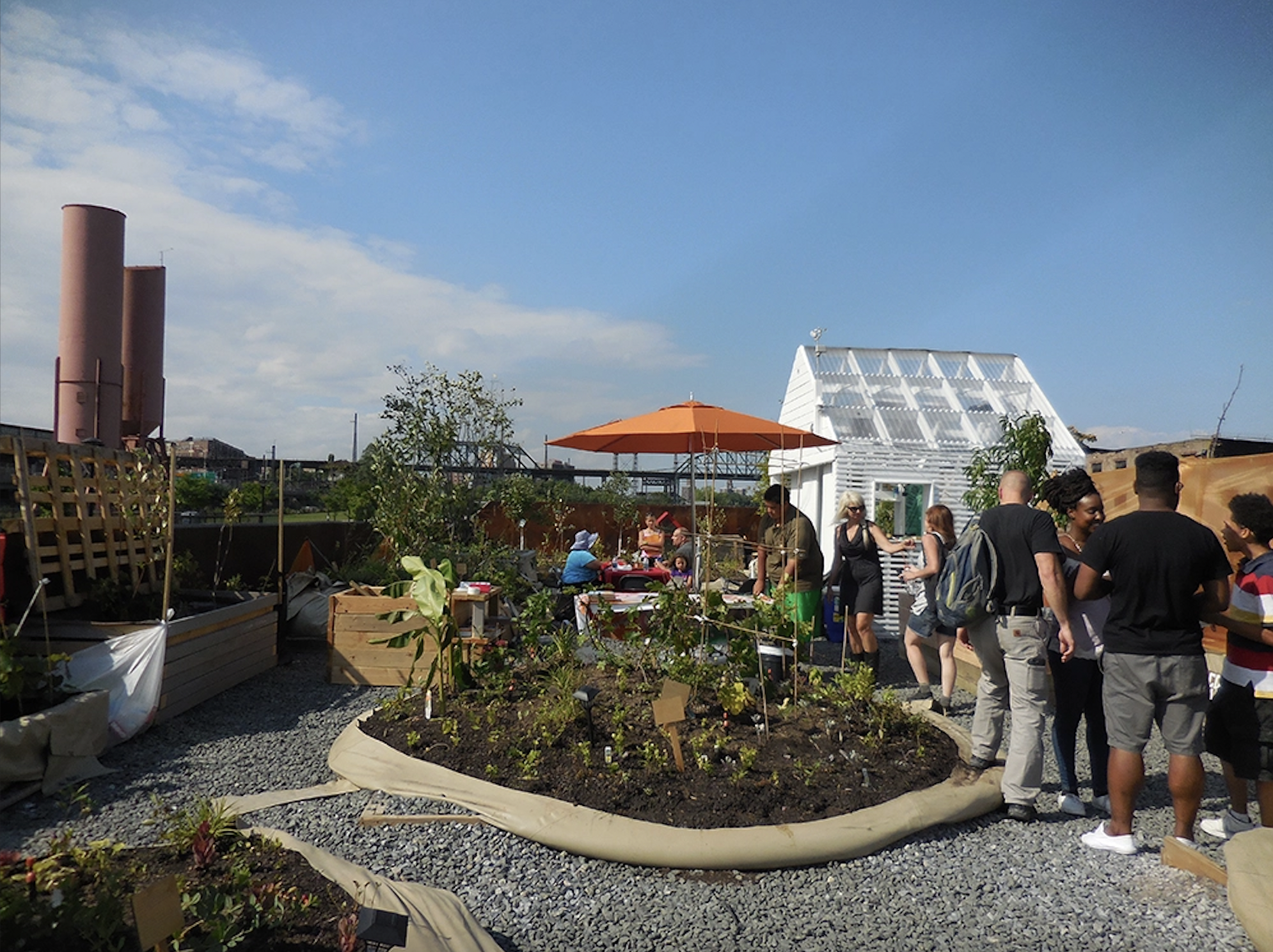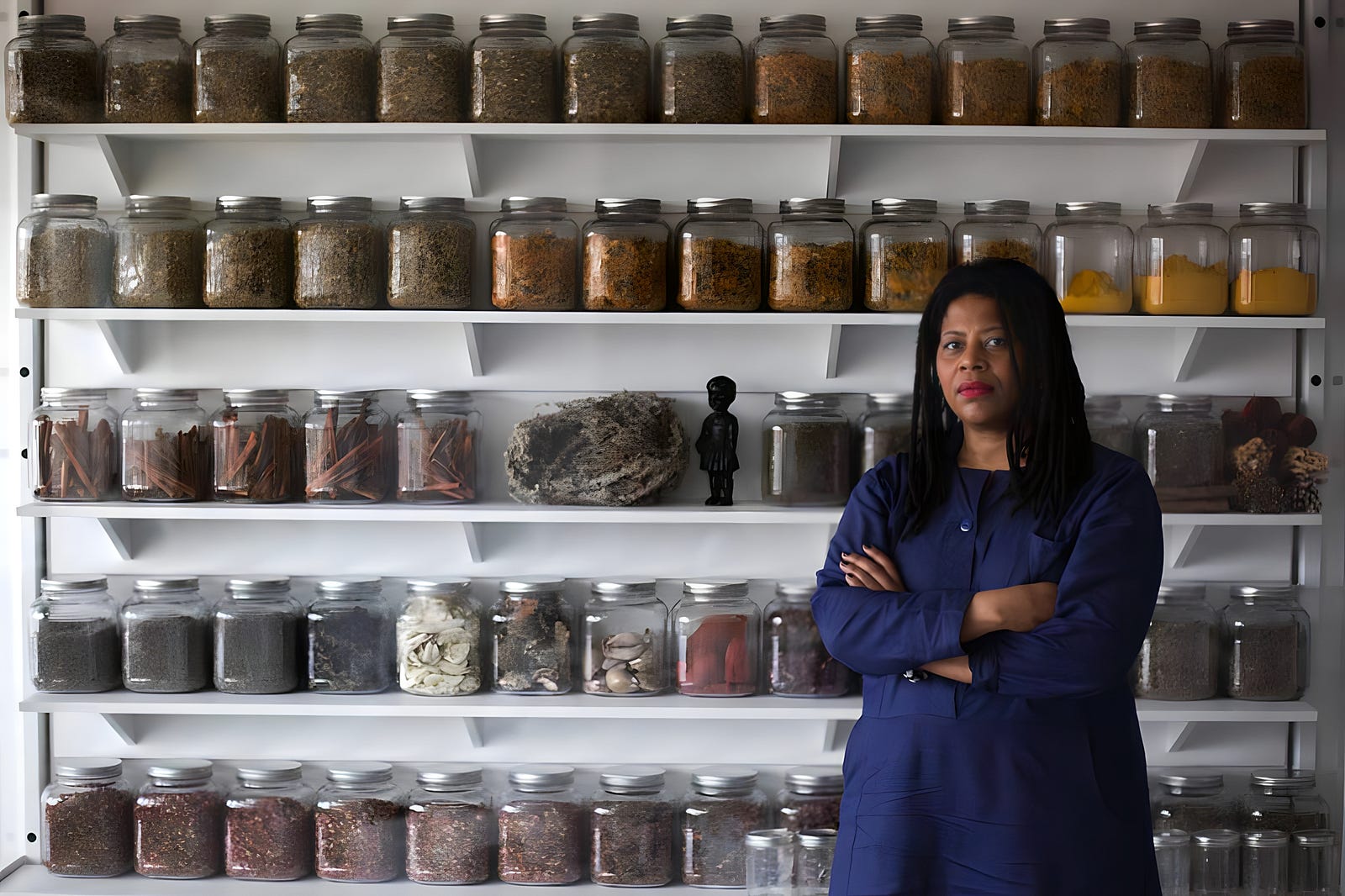How artists are engaging deeply with communities to shape a brighter future

28 Hubert Street, FRNT 1
New York, NY 10013
TEL: (US) 1-212-643-1985
EMAIL: info(at)cecartslink(dot)org
When Georgian artist Mishiko Sulakauri arrived in Austin, Texas as part of his ArtsLink International Fellowship, he set about building a wall on the US border. Yet the structure was not a barrier, rather the opposite, it formed a milkweed oasis for monarch butterflies. His wall offered a regenerative habitat for the annual migration of the monarch from Canada all the way to Mexico. Mishiko’s project combined educational and environmental components with a poignant metaphor about human migration and nature’s disregard for political borders. The research process for the project enabled a sharing of experiences and perspectives on Georgia’s own disputed borders with local schools and communities. Mishiko’s personal experience in a country some 7,000 miles away directly informed the art-making process, helping to catalyze transnational empathy and challenge isolationism and xenophobia.

We live in an extraordinary moment in history. The frameworks or principles we used to rely on to enable free and civil society to function seem to be crumbling daily. From neighborhood associations, schools, or governments, to organized religions, the global economy, the World Health Organization…even democracy itself (need I go on?). All these organizing structures, some having evolved over hundreds of years, are revealing major flaws — perhaps they were always there — but now the stress fractures are vivid and acute, relentlessly documented in daily reports and posts, and we are compelled to search for viable alternatives.
In this context, the role of art making takes on a whole new importance, and artists have become one of our most critical tools for social inquiry. Artists help us examine our contemporary culture, the world we inhabit now, and help suggest new ways of looking and thinking about how society should function.

It is projected that by 2050, 70% of the world’s population will live in cities. The resulting increase in the cultural diversity of urban communities offers a profound challenge to the future of human society — and by extension to the role and practice of artists.
Current social practice in the arts internationally is producing some of the most potent and articulate examinations of our contemporary world. In my previous work leading a National Dance organization in the U.K. and Springdance, the international performance festival in the Netherlands, I witnessed the power of the arts to transform people’s lives, and the role of the artist as a potent catalyst for social evolution. I witnessed the school-excluded young person in the North of England culminating a year’s project with a community dance organization by leading a dance workshop in his former school and pursuing dance as a career. I worked with Bronx-based Dancing in the Streets to create legal and paid platforms for Street Dancers as a viable alternative to illegal performances on subway trains. I have repeatedly experienced how the arts can really change us all.
Yet often, the very structures that have been built to foster and nurture the arts in the West — the Museums, the Academies, the Concert Halls, and the residency studios — are also the very ones that lead to an isolation of practice, the marginalization of the arts, and such limited or exclusive public connection. Critical developments in the arts are rarely happening in galleries or theaters around the world. They are taking place in all kinds of new and rediscovered arenas, in public and domestic spaces. As artists search for more appropriate and effective means of communicating their ideas and connecting with communities, it changes everything — how and why the arts are practiced, experienced, and supported.
Mary Mattingly created Swale (2016), a floating garden on a barge in New York Harbor that offered free fresh produce to those experiencing food insecurity, calling attention to the way city zoning laws prevent growing food in parks or other public spaces. Simone Leigh opened a free health clinic in the middle of her New Museum exhibition in NYC. Theaster Gates created Dorchester Projects — community hubs on Chicago’s South Side purchased by the artist through the sale of his sculptures and developed by the artist in dialogue with local communities.

Each of these projects has a strong connection to place and the specific needs of the local community. Socially engaged artists’ work directly impacts both individual citizens and the communities in which they live. At CEC ArtsLink, we value the deep dialogue and positive impact that social practice engenders, making it a powerful tool for international cultural diplomacy. Our organization was founded to foster empathy and enrichment on a transnational scale; by setting up transnational exchanges for social practice artists from different cultural and social backgrounds they are able to nurture creative engagement and deep relationships that transcend cultural, geographic, and political borders.
Through social practice art, artists become catalysts for projects that emerge from, and are shaped by, extensive dialogues and intensive interaction with participants. Individual participants, neighborhoods, or whole communities often determine the form, content, and nature of the project, with the artist taking on many roles — a skill developer, facilitator, community liaison, personal mentor, documenter, and friend. The power of this practice is achieved through the extensive involvement of people, often in their social networks and local environments, over time and with a real sense of a common purpose.
Social practice can bring people much closer to the notion of art as something that can feed us all in different ways and fosters the notion of art-making as a way for society to explore, articulate, and re-imagine a better world.
We all need to develop strategies to foster this shift towards supporting the artist’s practice in the community; we must devise means to invest in the artist’s presence in our world, and not only in the objects they produce. Creating opportunities for artists to thrive in diverse contexts in the community will give rise to work we cannot yet imagine and transform people and society in ways we have only dreamed of.

Social practice can bring people much closer to the notion of art as something that can feed us all in different ways and fosters the notion of art-making as a way for society to explore, articulate, and re-imagine a better world.
We all need to develop strategies to foster this shift towards supporting the artist’s practice in the community; we must devise means to invest in the artist’s presence in our world, and not only in the objects they produce. Creating opportunities for artists to thrive in diverse contexts in the community will give rise to work we cannot yet imagine and transform people and society in ways we have only dreamed of.

28 Hubert Street, FRNT 1
New York, NY 10013
TEL: (US) 1-212-643-1985
EMAIL: info(at)cecartslink(dot)org